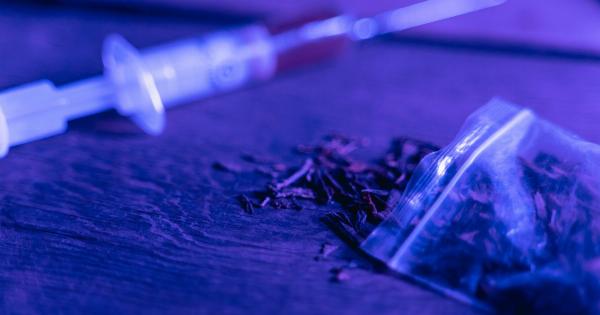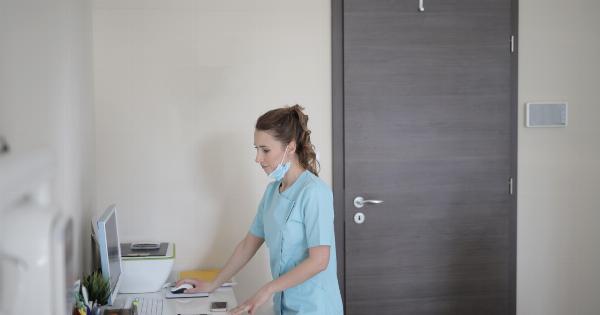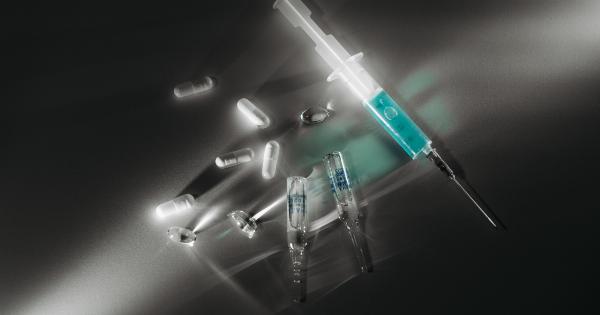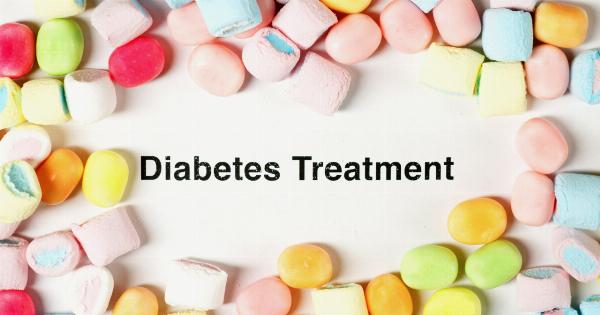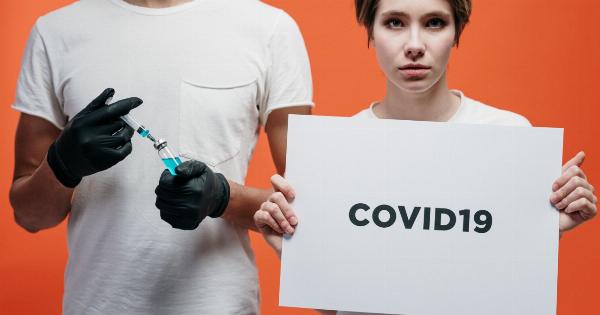Renal vein thrombosis is a condition where a blood clot forms within the renal vein, which is the blood vessel that carries blood from the kidneys back to the heart.
This condition can affect people of all ages and can lead to serious complications if left untreated. In this article, we’ll explore the causes and treatment options for renal vein thrombosis.
Causes of Renal Vein Thrombosis
There are several factors that can increase the risk of developing renal vein thrombosis:.
- Dehydration: Dehydration can lead to the thickening of blood and increase the risk of clots forming.
- Injury to the kidney: Trauma or surgery to the kidney can damage the blood vessels and increase the risk of clots forming.
- Pregnancy: Pregnant women have an increased risk of developing renal vein thrombosis due to hormonal changes, increased blood volume and pressure on the veins from the growing uterus.
- Medications: Certain medications, such as birth control pills and hormone replacement therapy, can increase the risk of blood clots forming.
- Underlying medical conditions: Conditions such as cancer, kidney disease, and autoimmune disorders can increase the risk of renal vein thrombosis.
Symptoms of Renal Vein Thrombosis
Symptoms of renal vein thrombosis can vary depending on the severity of the condition. Some people may not experience any symptoms at all. Common symptoms include:.
- Swelling: Swelling in the affected leg, foot, or ankle.
- Pain: Pain in the affected leg, flank (back), groin, or abdomen.
- Blood in urine: Some people with renal vein thrombosis may experience blood in their urine or have difficulty urinating.
- Fever: In some cases, people with renal vein thrombosis may develop a fever or experience other flu-like symptoms.
Treatment Options for Renal Vein Thrombosis
Treatment for renal vein thrombosis will depend on several factors, including the severity of the condition, the underlying cause, and the overall health of the patient.
Anticoagulant therapy
Anticoagulant therapy is the most common treatment for renal vein thrombosis. Anticoagulants, also known as blood thinners, work by slowing down the body’s ability to form clots.
This reduces the risk of the clot growing larger and causing further complications. Common anticoagulants used to treat renal vein thrombosis include heparin, warfarin, and rivaroxaban.
Thrombolytic therapy
Thrombolytic therapy is a type of treatment that involves the use of medication to break up blood clots. This treatment is often used in more severe cases of renal vein thrombosis where the clot is large or causing significant damage to the kidney.
The medication is typically given through an IV (intravenously) and can increase the risk of bleeding.
Surgery
In some cases, surgery may be necessary to remove the blood clot. This may be necessary if the clot is large, causing significant damage to the kidney, or if anticoagulant or thrombolytic therapy is not effective.
Prevention of Renal Vein Thrombosis
There are steps people can take to reduce their risk of developing renal vein thrombosis. These include:.
- Staying hydrated: Drinking plenty of fluids can help prevent the blood from thickening and reduce the risk of clots forming.
- Wearing compression stockings: For people with a higher risk of developing clots, wearing compression stockings can help improve blood flow and reduce the risk of clots forming.
- Exercising regularly: Regular exercise can help improve blood circulation and reduce the risk of clots forming.
- Taking medications as prescribed: If taking medication that increases the risk of clots, it’s important to take them as prescribed and let your healthcare provider know if you experience any side effects.
Conclusion
Renal vein thrombosis is a serious condition that requires prompt medical attention. Treatment options include anticoagulant therapy, thrombolytic therapy, and surgery, depending on the severity of the condition.
Taking steps to reduce your risk of developing renal vein thrombosis, including staying hydrated, wearing compression stockings, exercising regularly, and taking medications as prescribed, can help prevent this condition from occurring.









